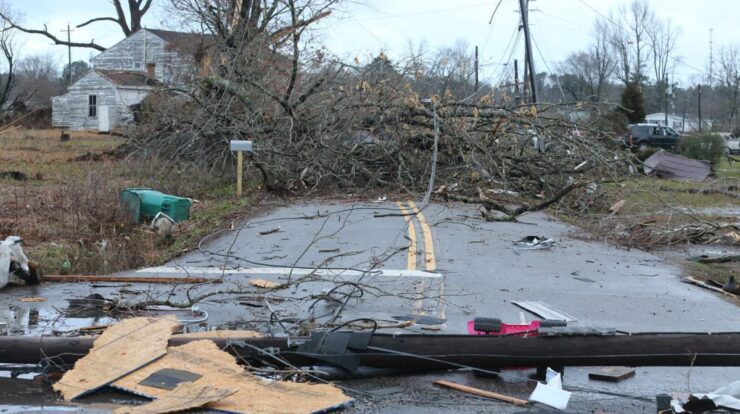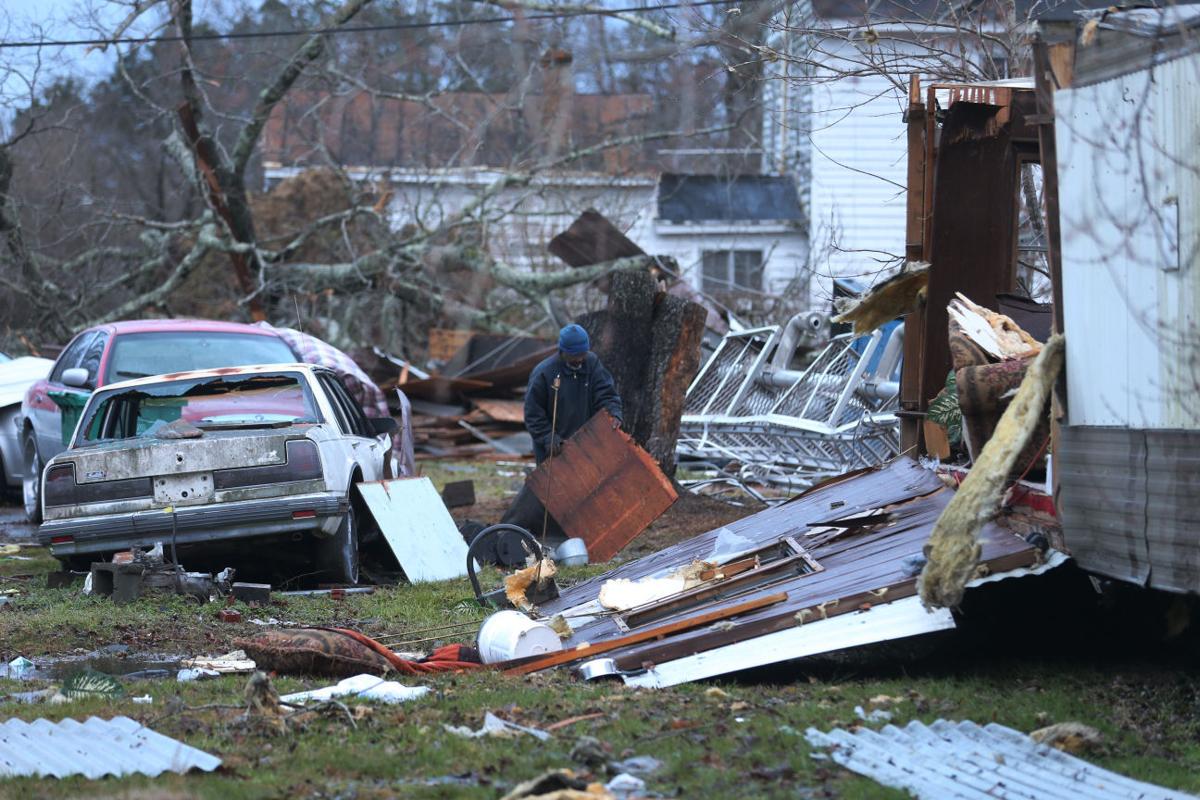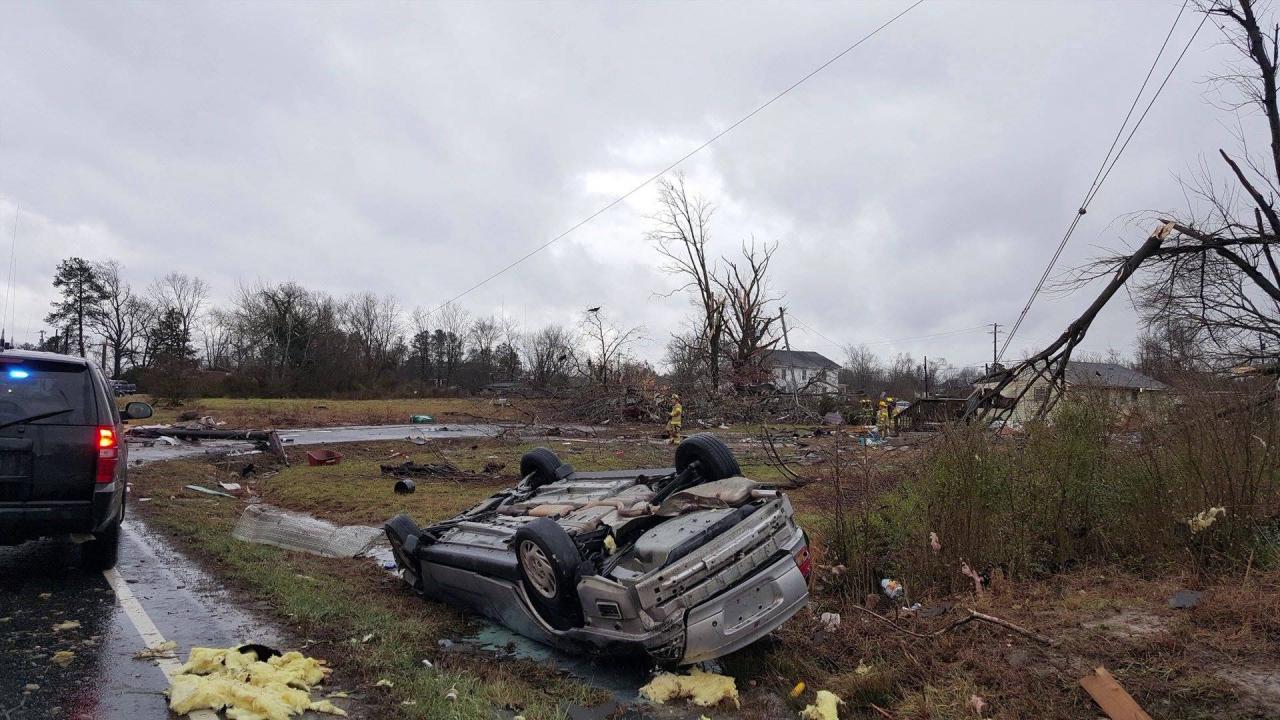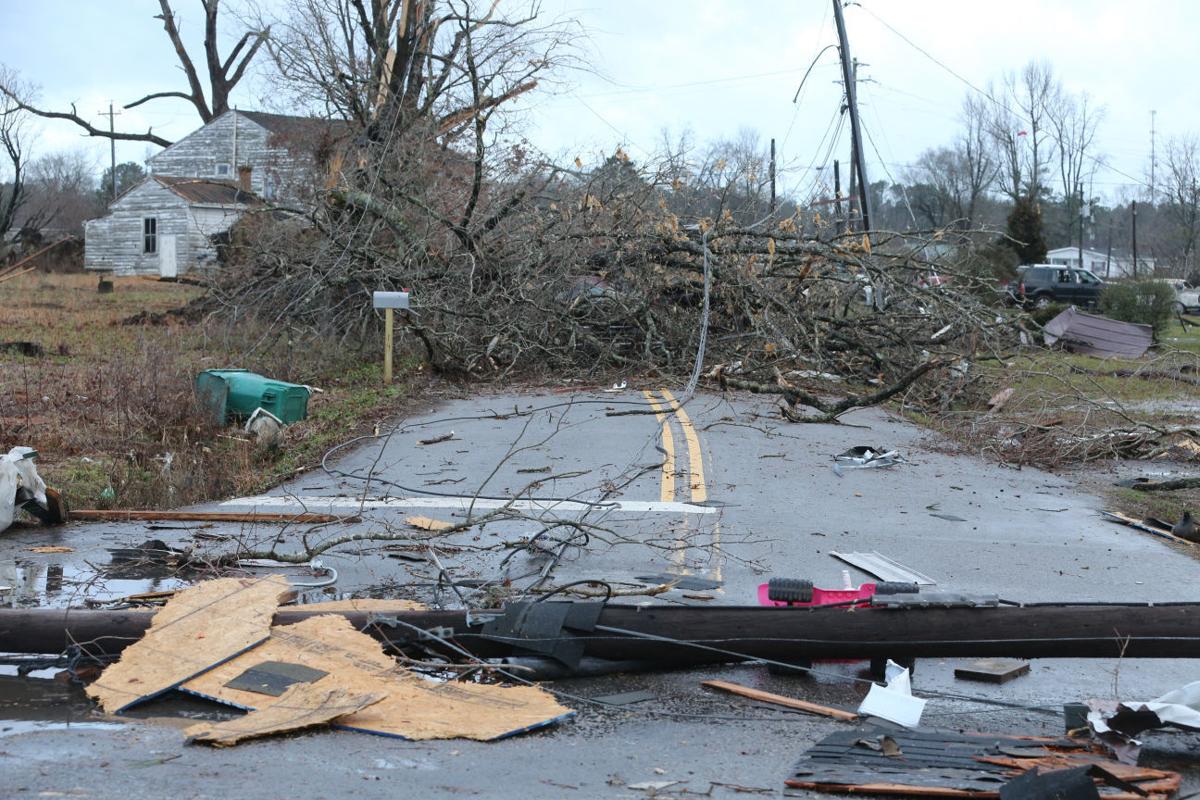
The Waverly tornado of 1932 remains etched in the annals of history as one of the most catastrophic tornadoes to strike the United States. This article delves into the meteorological conditions that spawned this colossal storm, its devastating impact on the community, and its lasting legacy.
Unveiling the intricate details of the Waverly tornado, this comprehensive account transports readers to the heart of the storm, offering a vivid depiction of its destructive force.
Waverly, Alabama Tornado of 1932: Waverly Tornado

The Waverly, Alabama tornado of March 21, 1932, remains one of the deadliest and most destructive tornadoes in American history. With winds estimated at over 250 mph, it carved a path of devastation through the rural community, killing at least 246 people and injuring hundreds more.
Timeline of Events
* 1:00 PM:The tornado forms over Chambers County, Alabama.
1
15 PM: The tornado strikes the town of Waverly, Alabama, killing dozens of people and destroying numerous buildings.
1
30 PM: The tornado continues on its path, causing widespread damage in Lee and Tallapoosa counties.
2
00 PM: The tornado dissipates near the town of Opelika, Alabama.
Impact of the Tornado
The Waverly tornado left a lasting impact on the community. The town was nearly completely destroyed, with only a few buildings left standing. The tornado also caused significant damage to the surrounding countryside, destroying crops and livestock.The death toll from the tornado was one of the highest in American history.
Many of the victims were children, who were killed while attending school. The tornado also claimed the lives of several elderly residents, who were unable to escape their homes.
Characteristics and Impacts of the Waverly Tornado
The Waverly tornado was an F5 tornado, the highest rating on the Fujita scale. It had a width of over a mile and traveled a path of over 75 miles.The tornado’s winds were so strong that they completely destroyed several buildings, including the Waverly schoolhouse.
The tornado also uprooted trees, overturned cars, and scattered debris for miles.The Waverly tornado caused an estimated $1 million in damage (equivalent to over $15 million today). The tornado also destroyed over 500 homes and businesses.
Comparisons to Other Notable Tornadoes
The Waverly tornado was one of the deadliest tornadoes in American history. It was also one of the most destructive tornadoes in terms of property damage.The Waverly tornado is often compared to the Tri-State Tornado of 1925, which was the deadliest tornado in American history.
The Tri-State Tornado killed over 600 people and injured over 2,000.The Waverly tornado is also compared to the Joplin Tornado of 2011, which was the deadliest tornado in the United States in over 60 years. The Joplin Tornado killed over 160 people and injured over 1,000.
Tornado Safety and Preparedness
Tornadoes are a dangerous and unpredictable weather phenomenon. However, there are steps that you can take to stay safe during a tornado.* Seek shelter in a sturdy building.
- Go to the lowest level of the building and stay away from windows.
- If you are outside, lie down in a ditch or other low-lying area and cover your head with your hands.
Wrap-Up

The Waverly tornado serves as a stark reminder of the immense power of nature and the importance of preparedness.
By understanding the science behind tornadoes and implementing effective safety measures, communities can mitigate the risks associated with these destructive forces.
FAQ Guide
What was the intensity of the Waverly tornado?
The Waverly tornado was an F5 tornado, the highest rating on the Fujita scale.
How many people were killed by the Waverly tornado?
The Waverly tornado killed 40 people and injured hundreds more.
What are the lessons learned from the Waverly tornado?
The Waverly tornado taught us the importance of tornado safety, preparedness, and early warning systems.






